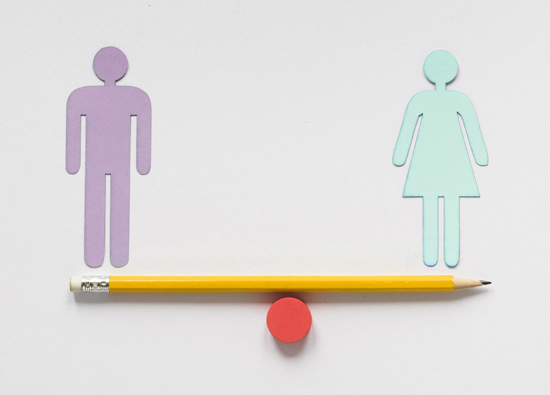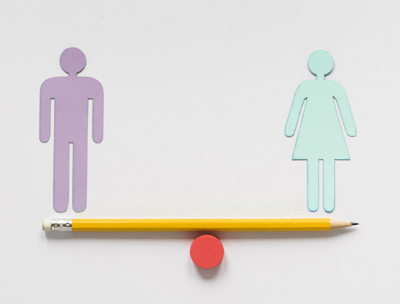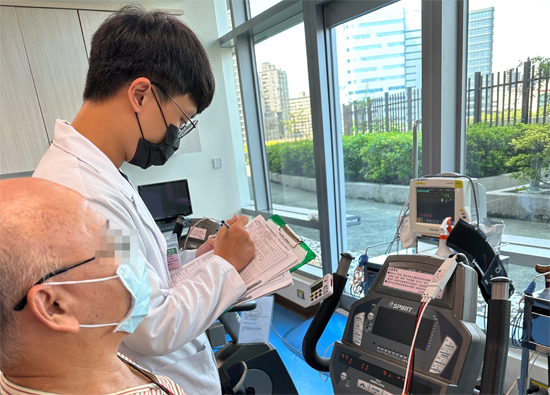10.2023 Life Guide
Cultivating the Three Methods of Sexual Equality to Build a Safe Workplace
Far Eastern New Century Corporation / Zeng Jieru

 #The MeToo incident has recently attracted attention from all over Taiwan and accelerated the passage of amendments to some provisions of the Gender Equality Education Law, Gender Equality Work Law, and Sexual Harassment Prevention and Control Law. Among them, the "Gender Equality in Work Law" has been renamed as the "Gender Equality in Work Law", while strengthening the three key goals of "effectiveness", "friendliness", and "trustworthiness". This issue of 'Legal Column' introduces the key points of this revision and invites everyone to care about their own rights together.
#The MeToo incident has recently attracted attention from all over Taiwan and accelerated the passage of amendments to some provisions of the Gender Equality Education Law, Gender Equality Work Law, and Sexual Harassment Prevention and Control Law. Among them, the "Gender Equality in Work Law" has been renamed as the "Gender Equality in Work Law", while strengthening the three key goals of "effectiveness", "friendliness", and "trustworthiness". This issue of 'Legal Column' introduces the key points of this revision and invites everyone to care about their own rights together.The Gender Equality Work Law has been in effect for over 20 years now (formerly known as the Gender Equality Work Law, later renamed as the Gender Equality Work Law, and now revised to the Gender Equality Work Law). According to the section on "Personal Safety and Justice" published by the Executive Yuan in 2023, women accounted for approximately 90% of the appeals received under the Gender Work Equality Act in 2021 (365 women and 40 men), and the number of female appeals was slightly higher than in the previous two years. As for the types of complaints, they are mainly divided into three categories, including gender discrimination, employers' violation of sexual harassment prevention obligations, and work equality measures. Among them, the first category has the most, with a total of 146 people; The second type of appeal is the highest among 178 cases where employers fail to take immediate and effective corrective and remedial measures when they become aware of hostile sexual harassment in the workplace.
Therefore, the revision of the "Gender Equality Work Law" strengthens three major objectives: firstly, to strengthen sanctions against perpetrators, effectively combat sexual harassment, and confirm that perpetrators are appropriately dealt with; Secondly, provide comprehensive rights protection and support, establish a "friendly" environment, and support victims; Finally, establish a "trustworthy" sexual harassment prevention and control system, smooth appeal channels, fully listen to the voices of victims, and ensure the effective operation of the system.
In the workplace, the proportion of sexual harassment cases from superiors to subordinates is as high as 51.9%. Although not all cases may involve power based harassment, due to differences in the status, identity, and resources of both parties, victims may be afraid to file a complaint and seek assistance for fear of causing trouble, thus being at a disadvantage. In order to effectively combat sexual harassment, the following changes have been made to the punishment measures in this amendment:
Clear definition: Sexual harassment is divided into general power sexual harassment (such as supervisor to subordinate) and special power sexual harassment (such as employer to employee), and the relevant penalties are increased.
Expanding the scope of application: When the employer is the perpetrator, the punishment shall be handed over to the competent authority.
Strengthen external appeal and supervision mechanisms: If the perpetrator of sexual harassment is the highest responsible person and the victim is dissatisfied with the employer's investigation results, they can appeal to the local competent authority; In addition, when employers receive appeals and investigation results, they must report them to the competent authority to strengthen external compliance supervision.
For employers, how should companies establish a gender friendly workplace environment?
Establish a reasonable and legal punishment mechanism: Emphasize a zero tolerance attitude towards sexual harassment, clearly declare policies, establish effective mechanisms for complaint, investigation, and handling of sexual harassment, and also pay attention to protecting the privacy of the parties involved.
Organize education and training related to sexual harassment prevention and control: Regularly organize or encourage participation in education and training related to sexual harassment prevention and control every year, and the content should keep up with the times, allowing employees to constantly update their knowledge, understand how to communicate and interact with others appropriately, and also recognize the potential psychological trauma caused by sexual harassment, in order to cultivate empathy.
Establish an internal sexual harassment appeal system, including setting up dedicated telephone lines, faxes, and dedicated mailboxes, while developing clear handling procedures and designating dedicated personnel or units to handle relevant matters.
Revising the Sex Equality Act is the first step towards providing justice to the victims of the # MeToo incident, but it does not mean that sexual harassment has come to an end. It is also necessary to consider how to change the culture of tolerance for victimization in the past and cultivate gender equality awareness in schools, workplaces, and society. Only in this way can we solve the root cause of the problem and protect the rights and interests of the victims. (Reference: Ministry of Labor website)
Image source: freepik
#





















